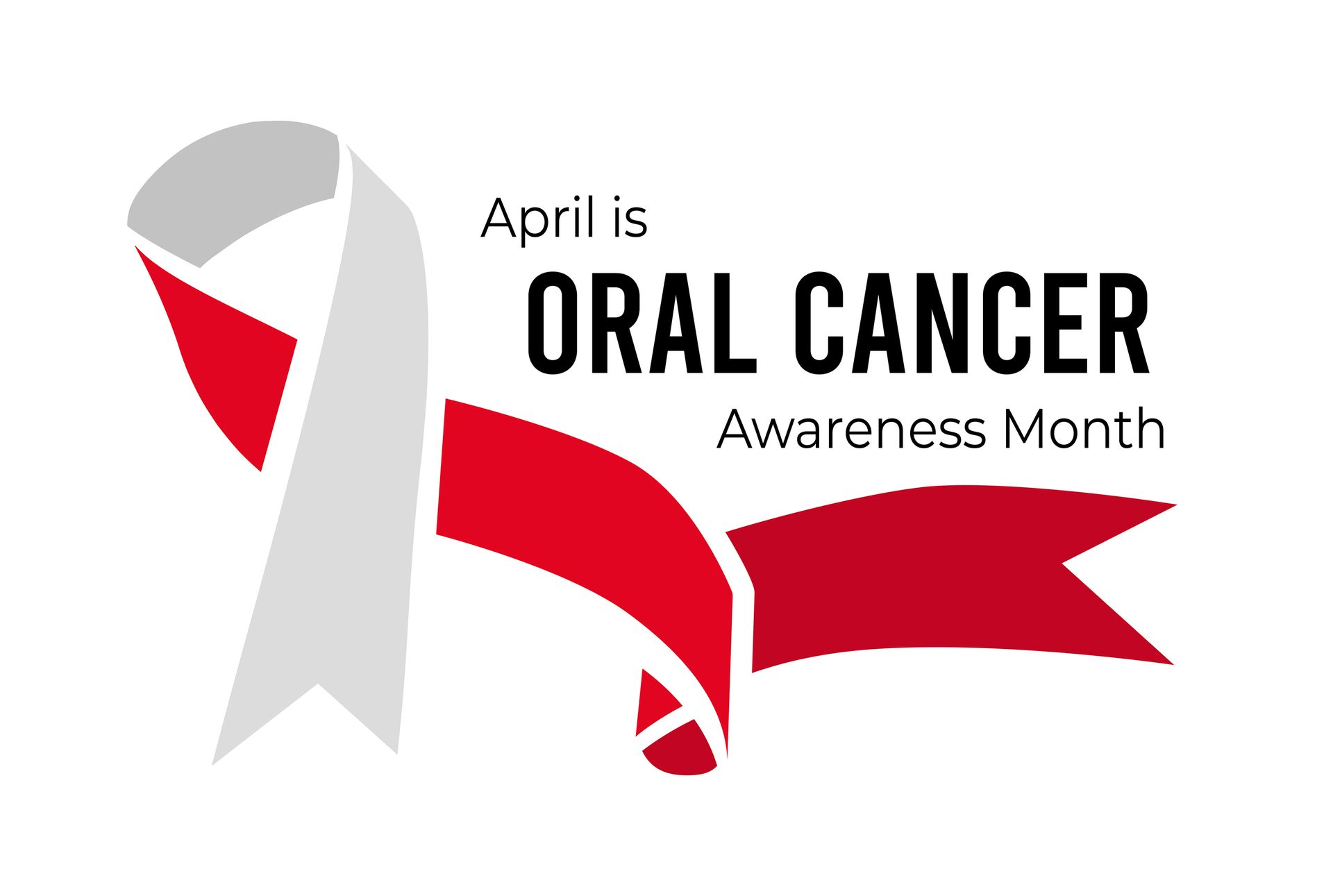Navigating the Aisles: A Parent’s Ultimate Guide to Choosing the Right Toothpaste for Children With These Insider Tips!
For parents, selecting the best toothpaste for their children can sometimes feel like navigating through a maze of bright colors, flavors, and promises of cavity protection and whiter teeth. With a myriad of options available, it’s important to know what to look for to ensure you’re choosing a product that is not only appealing to your child but also safe and effective for their dental health needs.

Understanding Fluoride Content:
Fluoride is a key ingredient in toothpaste that helps strengthen enamel and prevent tooth decay. The American Dental Association (ADA) recommends using fluoride toothpaste, but the amount of fluoride varies in toothpaste for adults and children. For kids under three, a rice-sized smear of toothpaste is advised, while a pea-sized amount is suitable for those aged three to six. Always opt for toothpaste with the ADA Seal of Acceptance, as it meets strict criteria for safety and effectiveness.
Flavors and Colors:
Children are more likely to embrace brushing if the flavor of the toothpaste is pleasant to them. While fruity flavors can be more appealing to a young palate, ensure that the toothpaste isn’t too sweet, as it might encourage swallowing. Colored toothpaste can be fun, but check for artificial dyes that some parents prefer to avoid.
Abrasive Agents:
Toothpaste for children should be less abrasive than adult formulations to protect the delicate enamel of baby teeth. Check the ingredients for abrasive agents and consult with your child’s dentist if you’re uncertain about the suitability of certain components.
Sugar-Free Options:
Always choose a sugar-free toothpaste. Since sugar is a culprit for cavities, it’s counterproductive to have it in a product meant to combat tooth decay. Xylitol, a common sugar substitute in toothpaste, can reduce harmful bacteria in the mouth and is a safer choice for children.
Sensitive Teeth Considerations:
Some children may have sensitive teeth or develop reactions to certain toothpaste ingredients. If your child complains about a stinging sensation or you notice any adverse reactions, look for formulations designed for sensitive teeth and gums, which can be gentler.

Organic and Natural Toothpastes:
For parents interested in organic or natural options, there are many child-friendly toothpastes free from synthetic preservatives, colors, and flavors. These can be a good alternative, but it’s crucial to ensure they still contain fluoride unless otherwise advised by your dentist.
Reading Labels and Understanding Marketing:
It’s easy to get caught up in marketing gimmicks promising superpowers for teeth or featuring popular cartoon characters. While these can be effective in getting kids excited about brushing, always read the label for the active ingredients and look for evidence-based benefits over flashy claims.
Consultation with a Pediatric Dentist:
Your best resource in choosing a toothpaste for your child is your pediatric dentist. They can recommend products based on your child’s specific oral health needs, age, and risk factors for dental diseases.
Conclusion:
Picking the right toothpaste for your child doesn’t have to be a daunting task. By focusing on fluoride content, flavor preferences, gentle ingredients, and sugar-free options, you can narrow down the choices. Remember that the best toothpaste is one that your child will use consistently and that contributes to their overall dental health. Consult with a dental professional if you ever find yourself in doubt, and keep the brushing routine fun and regular for the best outcomes in your child’s oral hygiene.




